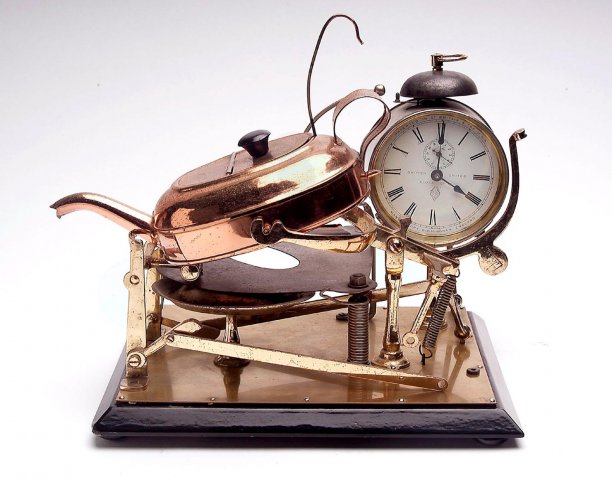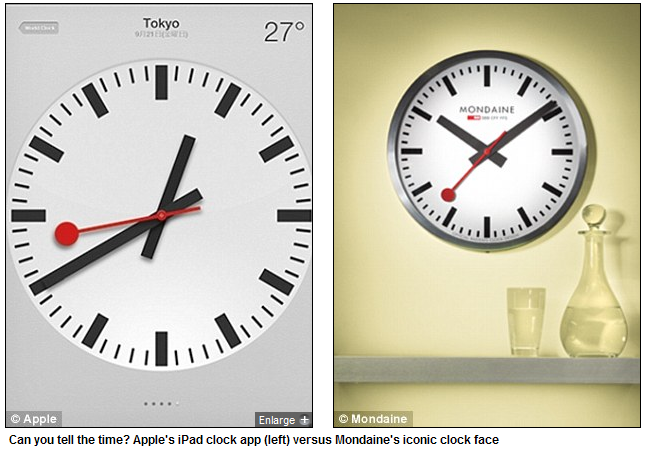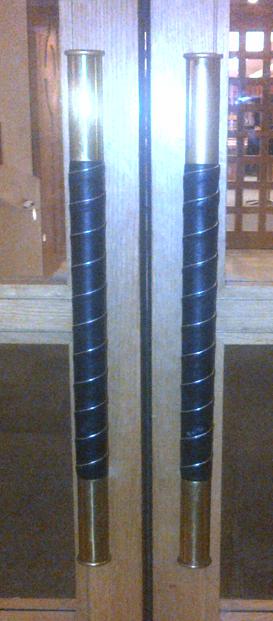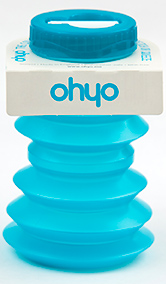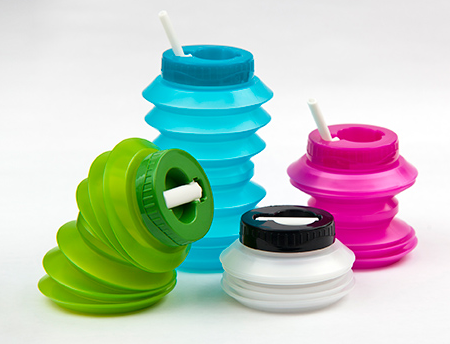 It was great to hear from Rachel Jones the inventor and founder of Totseat who are based in Edinburgh.
It was great to hear from Rachel Jones the inventor and founder of Totseat who are based in Edinburgh.
She told me how the first Totseat was created from her wedding dress (with an understanding husband watching while she chopped it up). This followed on from a disastrous meal out with a small child – and various filthy high-chairs being proffered from the downstairs loo.
 The purpose was to create a safe haven from any adult chair for a small child – i.e. replacing a traditional high-chair when none was available, or they are too filthy to use. Rachel created a cotton Totseat from the original silk version, and enlisted the help of a friend to make it child safe. Soon lots of her friends wanted one too.
The purpose was to create a safe haven from any adult chair for a small child – i.e. replacing a traditional high-chair when none was available, or they are too filthy to use. Rachel created a cotton Totseat from the original silk version, and enlisted the help of a friend to make it child safe. Soon lots of her friends wanted one too.
Being somewhat neurotic, Rachel took safety to heart and enlisted help of BSI test house, paediatricians, physiotherapists and the Child Accident Prevention Trust. With the safety attributes firmly embedded, she made 20 prototypes, with slight variables, (all by hand) and lent them to 20 families – along with a disposable camera – requesting as many testing experiences as possible.
Rachel then visited the British Library Business & IP Centre to see what other brands were ‘out there’ on international basis. As well as looking at trademarks, names, patent and design rights.
Several months and 900 testing experiences later Rachel had a ‘final prototype’, and managed to secure an appointment with John Lewis for a ‘reality check’. But it turned out that John Lewis loved it. Her reaction was, ‘yikes’!
She continued to use the Business & IP Centre for Mintel and Keynote research papers on state of ‘the nation’ (Childcare industry, nursery industry, accessories etc). She found this invaluable, as access to these reports are otherwise totally out of financial reach – and this sort of information remains a key part of their business planning and strategy.
Since going into production four years ago UK growth has been strong in high street stores, and now export growth is surging ahead with 40 plus countries. Totseat is now the leading product in its class, with multiple award wins, recognising its design, and safety attributes.
And now Totseat has been joined by Oobicoo, which was short-listed for Best Soft Toy 2012. The adorable, cuddly, soft toy tot Oobicoo is made from gorgeous soft plush and, at 60cm tall, is the perfect size to be an instant baby brother, sister or best friend.
Rachel describes the British Library as a ‘magnificent mind-space’ whether exploring, befriending or nurturing information for both day to day and strategic business.
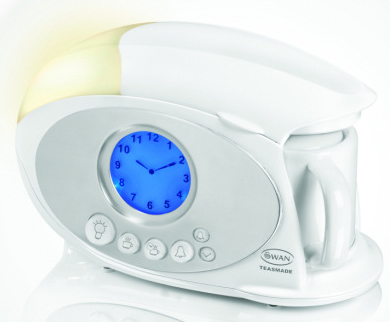 My partner managed to snap up a bargain ultra-modern teasmade at the weekend, and we have already had a first successful early morning brew-up.
My partner managed to snap up a bargain ultra-modern teasmade at the weekend, and we have already had a first successful early morning brew-up.
